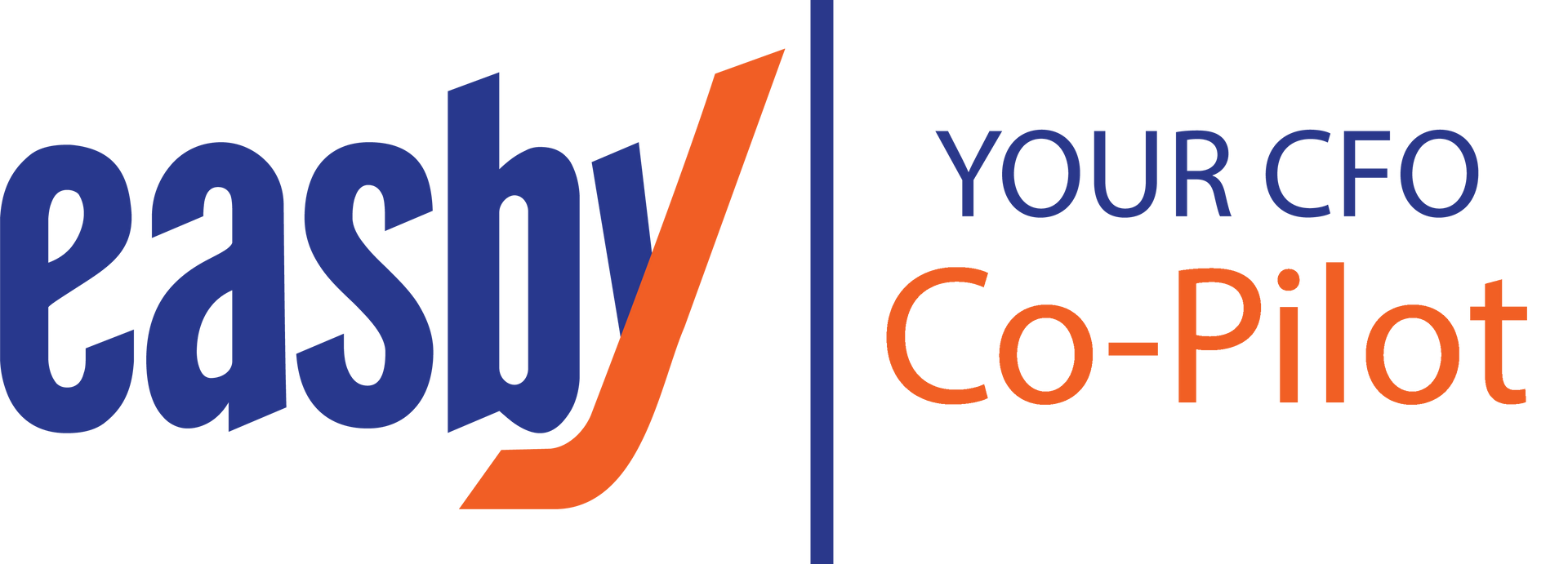Creating an Innovation-focused Corporate Culture
Share this article:
Rose Report: Issue 53

By Ted Rose, CEO and president, Rose Financial Solutions
In today’s competitive business environment, you must innovate to remain at the forefront of your sector. Continuous improvement is essential for creating better products and services, establishing more efficient methods, and growing your organization. To ensure that your business operations are aligned for long-term success, it is critical to support innovation throughout all departments and at all levels. To quote Steven Johnson, “If you look at history, innovation doesn’t come just from giving people incentives; it comes from creating environments where their ideas can connect.”
Value the exchange of ideas
Though business leaders recognize the importance of harnessing the power of their employees’ pooled ideas, creativity, and knowledge, they frequently struggle with how to create a corporate culture focused on innovation.
While company executives are increasingly adopting leadership styles that empower employees to participate more actively in decision-making, a 2021 Gartner survey reports that only 47% of employees believe that leadership teams incorporate their viewpoints into the decision-making process, compared to 75% of executives. The same report also found that while 77% of executives feel they are part of something important at their organization, only 59% of employees feel the same. Employees, regardless of their status within the organization, must be encouraged to bring fresh ideas to the table.
Establishing a workplace culture that emotionally ties all employees to the organization’s strategic goals is one of the most critical components of promoting innovation. Often, companies make the mistake of siloing departments. Teamwork and collaboration across departments ensure that everyone in a company is focused and working on the same goal.
Provide training, tools, and opportunities
Staying ahead of innovation requires hiring and equipping forward-thinking professionals with the tools they need to deliver innovative solutions. As companies struggle to hire and retain employees in today’s competitive job market, those that have a corporate culture of innovation stand out as employers of choice for top talent.
The pandemic has significantly increased learning and development (L&D) spending as companies recognize the need to upskill employees. In fact, according to a Capterra survey , 41% of HR leader respondents stated that their L&D budget increased in 2021, and even more (49%) increased their budget for 2022. The advantages of L&D programs benefit companies and employees alike. Not only do these programs improve job skills and knowledge, but they also increase employee productivity by allowing them to work more efficiently.
Employees want more than just a paycheck. They want to be challenged, valued, and heard. Simply put, highly skilled people want to work for innovative companies. Organizations that connect employees to the organization’s strategic goals, value the exchange of ideas, and invest in L&D will be better positioned for innovation and growth today and well into the future.
This content is for information purposes only and should not be considered legal, accounting or tax advice, or a substitute for obtaining such advice specific to your business.
Visit Us On:





